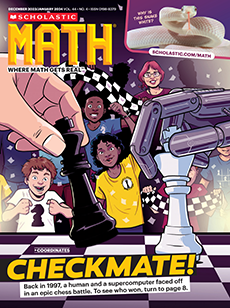Discuss situations that involve shipping costs. Post the following scenario and choose students to make a decision and explain their reasoning.
• You need to order 2 boxes of macaroni to make macaroni salad. Each box costs $4.50. The shipping rate is a flat $3 fee. If your order costs $10 or more, shipping is free. How many boxes of macaroni should you order?
